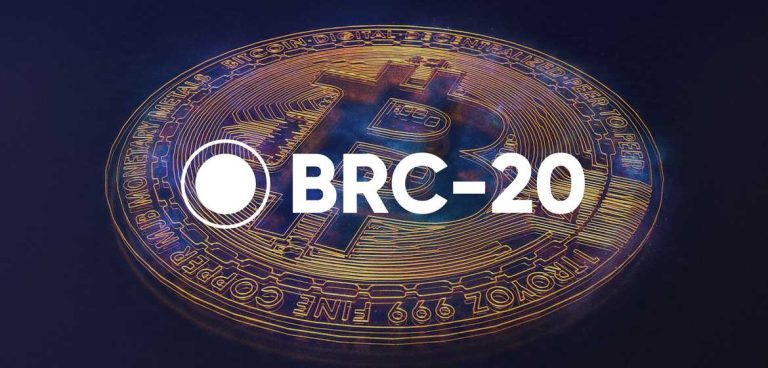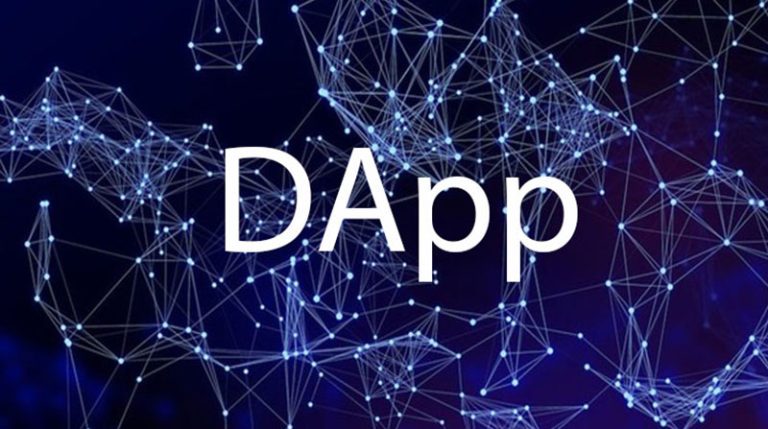Introduction
The blockchain is an ever-developing technology. It continues to develop each day, giving rise to a diverse landscape of ecosystems in the blockchain, each offering unique features and capabilities. However, the full potential of blockchain technology is limited by the lack of easy and efficient communication and interaction between the different ecosystems that make up the blockchain. In this article, we delve into the Axelar Network, a groundbreaking project designed to bridge the gap between different blockchain platforms, enabling smooth and cross-chain communication.

Overview of Axelar Network
Axelar Network is a new and exciting project that helps solve the problem of separate blockchain systems. It does this by creating a decentralized network and protocols, tools, and APIs that allow different blockchains to communicate with each other easily. The project uses a blockchain-based solution to connect these different blockchains without needing to change them a lot.
Axelar Network uses a special way of making decisions called Delegated Proof-of-Stake (DPoS), which is similar to how Cosmos Hub works. DPoS helps in validating blocks and reaching agreements among many different validators quickly and effectively.
The main part of Axelar’s system is its Cross-Chain Gateway Protocol (CGP) and Cross-Chain Transfer Protocol (CTP). CGP acts like a road map, connecting various blockchain systems. This means that blockchains don’t need to be changed much to join the network, making it easier to connect them. CTP, on the other hand, is a tool that helps different apps on these blockchains work together. It allows developers to make decentralized apps (dApps) that can move assets between different blockchains and trigger actions in those apps easily.

Project Background and Team
Axelar Network was founded in 2020 by Sergey Gorbunov and Georgios Vlachos, who were experts in distributed systems and cryptography. Both of them were also part of the founding team of Algorand. Georgios designed the Algorand consensus protocol, while Sergey led the effort to create a standard for BLS signatures, which is now widely used in Ethereum 2.0.
Currently, Sergey is an assistant professor at the University of Waterloo in Canada. Axelar Network’s main goal has always been to deal with the challenges of making different blockchains communicate with each other.
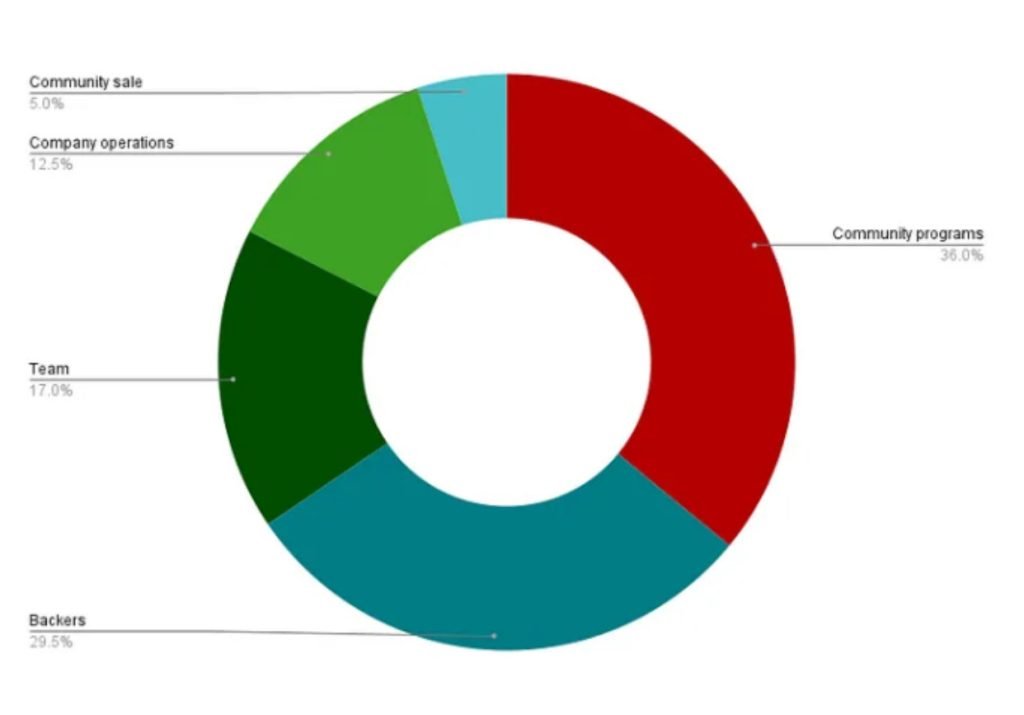
Tokenomics
$AXL serves as the native token for the Axelar Network, playing a crucial role within its ecosystem by driving its functionality, governance, and incentive mechanisms. $AXL was launched in September 2022, with an initial supply of 1 billion tokens.
The distribution of tokens among various stakeholders and programs was as follows:
Company: 29.5%
Core team: 17%
Company operations: 12.5%
Backers: 29.54%
Seed: 13.4%
Series A: 12.64%
Series B: 3.5%
Community sale: 5%
Community programs (including the insurance fund): 35.96%
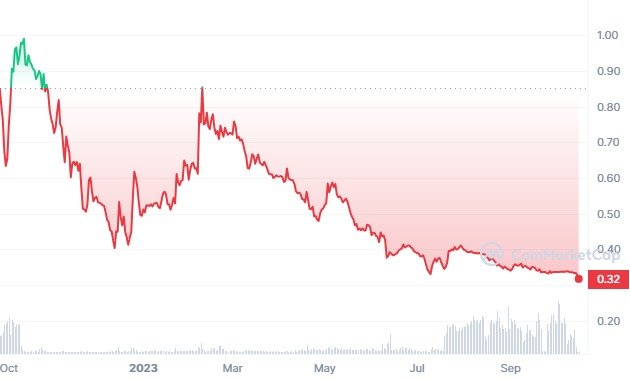
Use Cases of AXL
AXL tokens have several important roles in the Axelar Network:
Proof-of-Stake Consensus: AXL tokens are used for staking by network validators. This helps them take part in the Delegated Proof-of-Stake (DPoS) consensus system. Validators lock up their AXL tokens to make sure the network stays secure and reliable.
Governance: AXL tokens give their holders the power to make decisions. People who own AXL tokens can take part in governance choices. This includes suggesting and voting on changes to the rules, settings, and upgrades of the network.
Transaction Fees: AXL tokens are used to pay for transaction fees on the network. While people using the Axelar network don’t necessarily need to directly hold AXL tokens, these tokens make it easier to pay fees using the source-chain token.
Advanced Features: AXL tokens enable some advanced features in the Axelar ecosystem. These features include instant routing between different chains and the use of one-time deposit addresses. These enhancements make the network more useful and versatile.
You can usually get AXL tokens by trading on various cryptocurrency exchanges. These exchanges allow you to swap AXL tokens with other cryptocurrencies like Bitcoin (BTC), Ethereum (ETH), and USDT. You can find AXL tokens listed on both centralized and decentralized exchanges.
Core Features and Functionality
Cross-Chain Gateway Protocol (CGP): CGP makes it easy for different blockchain systems to connect to each other, opening up new ways to move assets and interact across blockchains. This protocol simplifies the process of connecting blockchains to the Axelar network.
Cross-Chain Transfer Protocol (CTP): CTP helps dApp developers create applications that work across different blockchains effortlessly. It allows for smooth transfers of assets and actions that can happen across different blockchains, making it possible to build complex decentralized apps that work on multiple blockchains.
AXL Token Integration: AXL tokens are vital for people to get involved with the Axelar network and take part in its decision-making. They are important for keeping the network safe and ensuring it runs smoothly.
User-Friendly for Builders and Users: Axelar makes it simple for developers to choose the right blockchain platform for their apps while still having the ability to connect with other blockchains. Regular users can easily use applications from different blockchains without needing to do complex things.
Shared Governance Model: This model ensures that everyone can see what’s happening, and it’s not controlled by just one group. It lets users have a say in how the network grows and what direction it takes.
Axelar Network focuses on making it easy for different blockchains to communicate, improving how developers build apps, and creating a friendly environment for everyone. With its clever protocols and AXL tokens, Axelar aims to connect different blockchain systems and open up new possibilities for decentralized apps and users in the blockchain world.
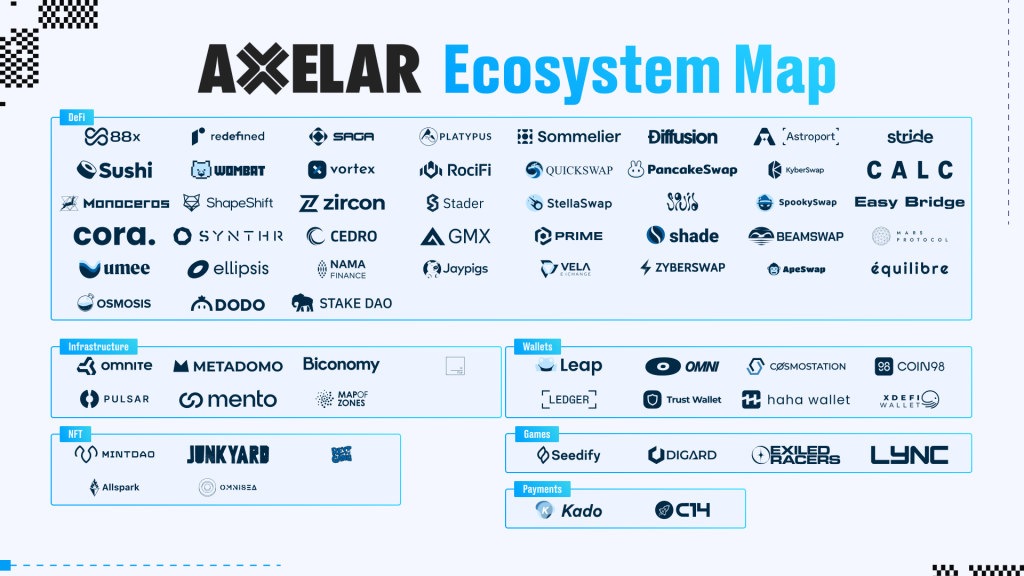
Risks And Challenges Of The Axelar Network, And How They Address Them
The Axelar Network, similar to any blockchain endeavor, encounters specific risks and challenges that could affect its success and acceptance. It’s crucial to recognize these potential problems to effectively tackle and reduce them.
Here are some important risks and challenges related to Axelar Network:
Security Concerns: In Axelar’s consensus model, known as Delegated Proof-of-Stake (DPoS), there’s a potential risk of validators working together inappropriately. If many validators collaborate, it could potentially harm the network’s security and trustworthiness.
Network Issues: Any complex network, especially one that involves communication between different blockchains, can encounter problems or glitches in how it operates. These issues might lead to network slowdowns or disruptions.
Decentralization Worries: While DPoS is efficient, there’s a concern about centralization if only a small number of validators control the network.
Token Price Volatility: The value of the native AXL token can change a lot in the cryptocurrency market. Big price swings might affect whether users want to get involved in network activities like staking and decision-making.
Technical Hurdles: Making sure Axelar works well with many different blockchain platforms can be technically challenging. Updates and changes to those blockchains might affect how well they work together.
Axelar Network acknowledges these risks and challenges and has implemented the following strategies to mitigate them:
Security Measures: Axelar employs threshold signature schemes to boost security. These schemes require multiple validators to collaborate and create a valid signature, making it harder for malicious collusion among validators.
Robust Fall-Back Mechanisms: Axelar has introduced emergency unlock keys for each threshold bridge account on connected blockchains. These keys can be shared across thousands of parties and act as a fallback mechanism to enable asset recovery in case of network stalls or failures.
Decentralization Efforts: Axelar actively works to maintain a diverse and decentralized validator set. This diversity helps prevent centralization risks that could arise from a concentration of power among a few validators.
Continuous Improvement: Axelar Network is committed to ongoing technical enhancement. It adapts to changes in the blockchain landscape and updates its protocols to address emerging challenges and seize new opportunities.
Conclusion
In summary, Axelar Network is a groundbreaking innovation in the blockchain field, taking upon the crucial task of enabling seamless communication among diverse blockchains. With a talented team, cutting-edge technology, and a clear vision, Axelar is poised to play a substantial role in shaping the future of blockchain interoperability. As blockchain networks continue to expand, Axelar’s ability to seamlessly connect them promises exciting opportunities for developers and users, ushering in a new era of decentralized cross-chain communication.


